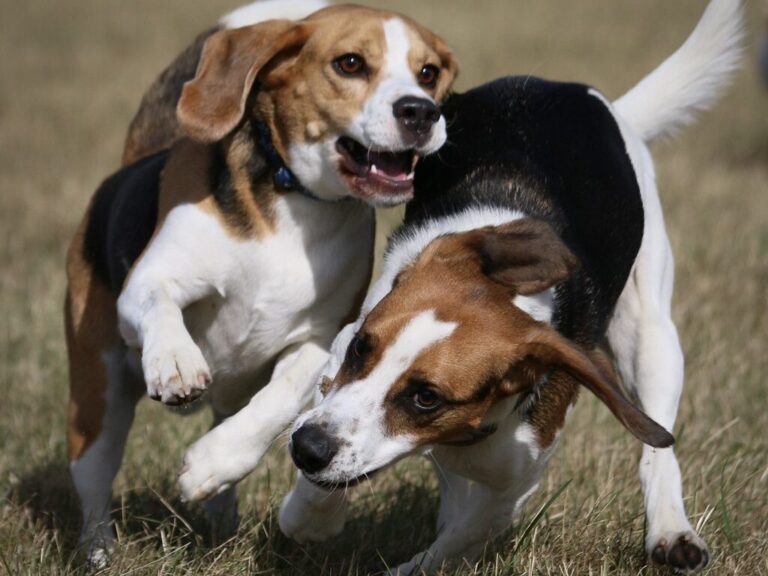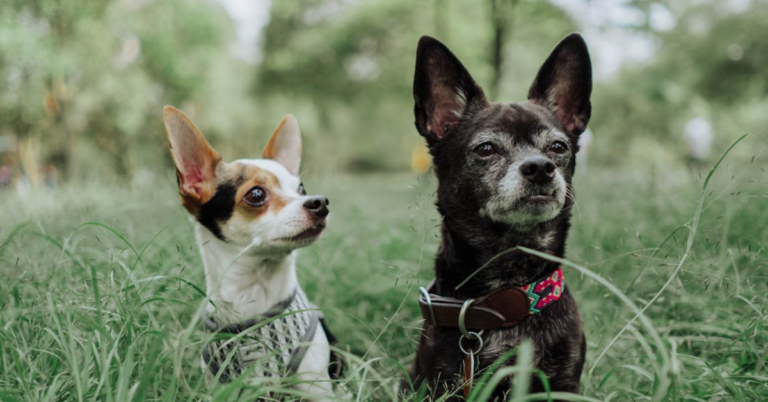15 Signs Your Dog Doesn’t Like Your Partner
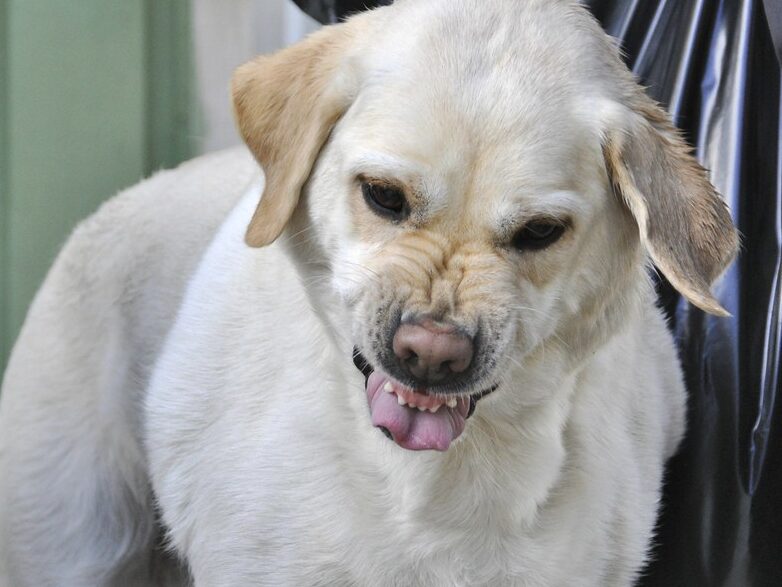
Dogs are known for their ability to sense people’s energy and form opinions quickly, sometimes faster than we do. While it’s normal for dogs to need time to warm up to new people, there are signs that your furry friend might not be a fan of your partner. If your dog consistently displays these behaviors, it could indicate discomfort, distrust, or even dislike. Here are 15 signs your dog might not like your partner.
Avoiding Them
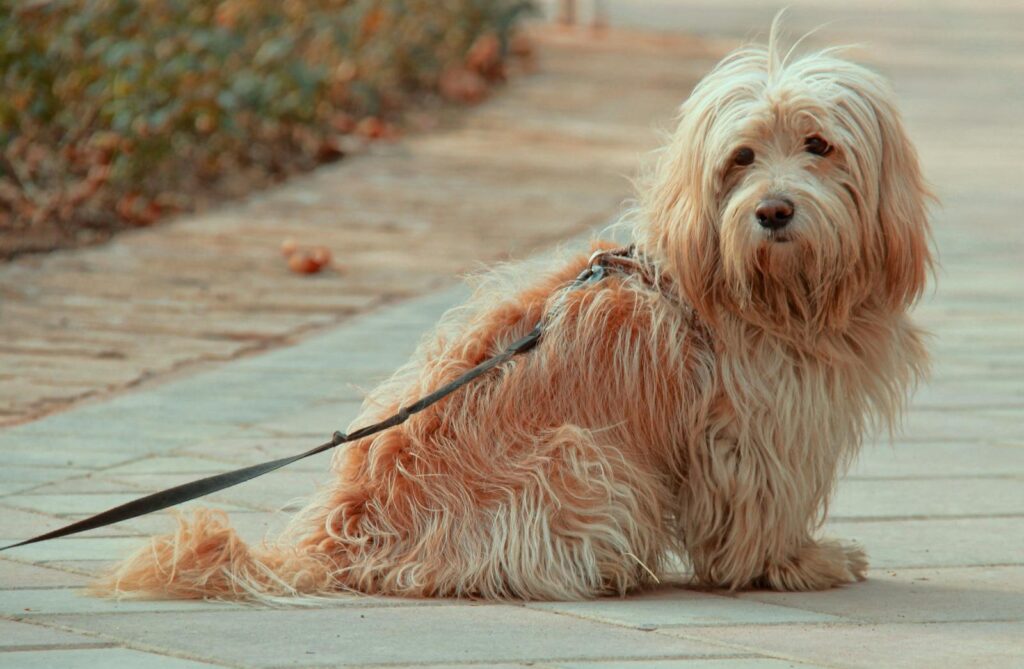
Dogs tend to gravitate toward people they trust and feel comfortable around. If your dog actively avoids your partner, it’s a clear sign of discomfort. This behavior could be a result of fear, distrust, or even jealousy, especially if your partner is new to the household. While some dogs are naturally wary of strangers, persistent avoidance specifically directed at your partner should not be ignored.
Growling or Barking
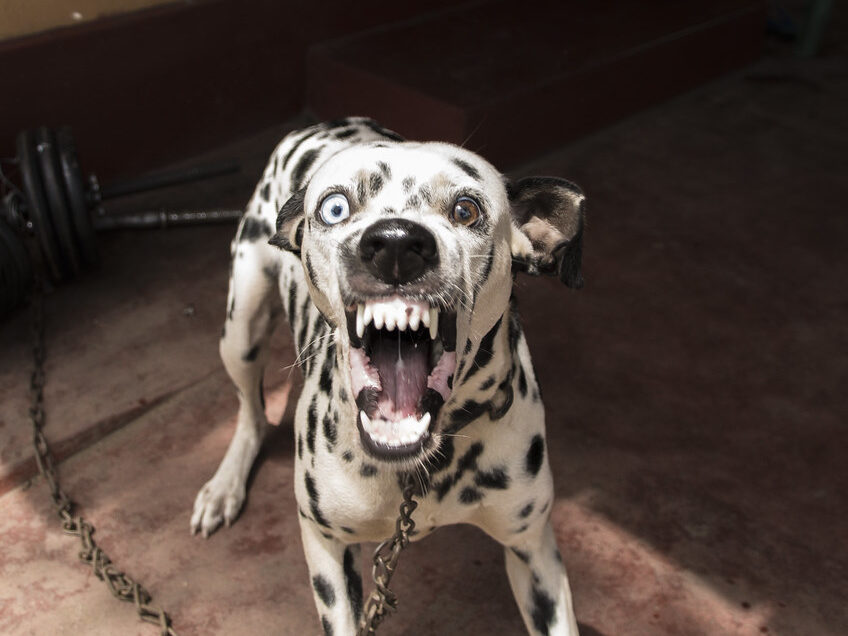
Growling and barking are among the most obvious signs of discomfort or hostility in dogs. If these behaviors are directed solely at your partner, it’s an indication that your dog feels threatened or uneasy around them. This reaction could be due to subtle cues from your partner’s body language, tone of voice, or even their scent. Growling can escalate to snapping or biting if the dog’s boundaries are pushed, so you should address this behavior early and cautiously.
Refusing Treats or Affection

Most dogs are food-motivated, so when they refuse treats or affection from your partner, it’s a significant sign of distrust or dislike. Treats usually create positive associations, but a dog that consistently rejects them from one person might be holding onto negative feelings. Similarly, if your dog avoids being petted or turns their head away when your partner tries to show affection, it’s a sign they’re feeling comfortable.
Cowering or Hiding
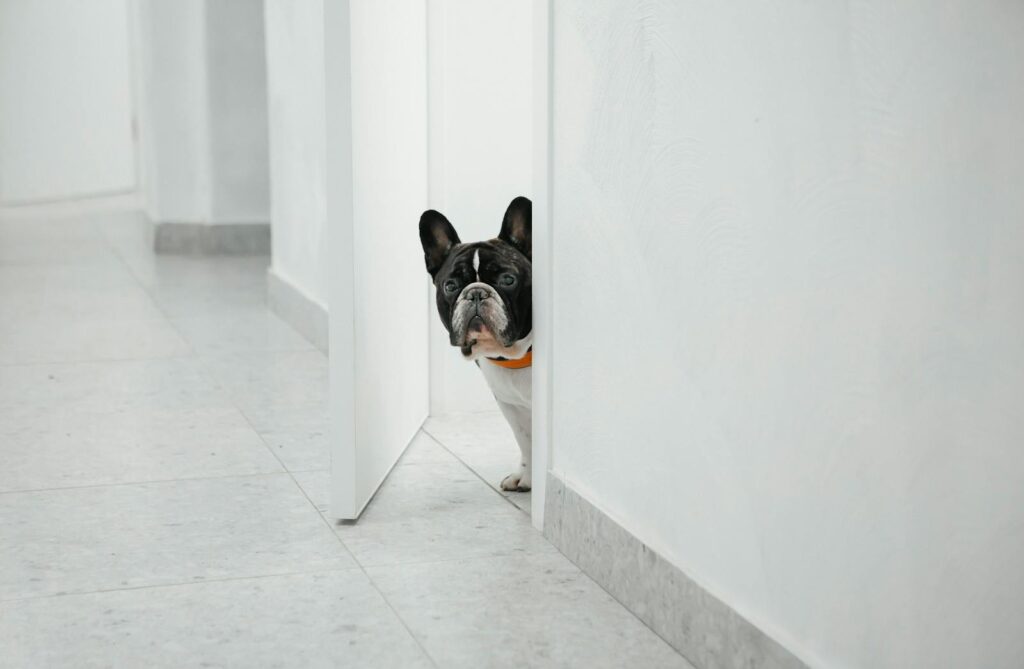
Cowering, tucking their tail, or hiding under furniture are signs of fear in dogs. If your dog exhibits these behaviors whenever your partner is around, it suggests they feel unsafe. This could be due to past experiences with people who resemble or act like your partner or simply because your partner’s energy feels overwhelming.
Unusual Aggression

Aggression, such as lunging, biting, or snapping, is a serious indicator of discomfort. If your normally well-behaved dog becomes aggressive toward your partner, it could stem from fear, jealousy, or a protective instinct. Aggression is often a dog’s last resort after subtler signals like growling or avoidance have been ignored. You should address this behavior with the help of a professional trainer or behaviorist.
Tense Body Language

Dogs communicate a great deal through body language. If your dog stiffens, lowers their head, keeps their tail tucked, or maintains a rigid posture when your partner is nearby, they’re likely on edge. This hyper-alertness can escalate into more pronounced signs of fear or aggression. Learning to read these subtle cues can help you intervene early and prevent negative interactions.
Turning Their Back
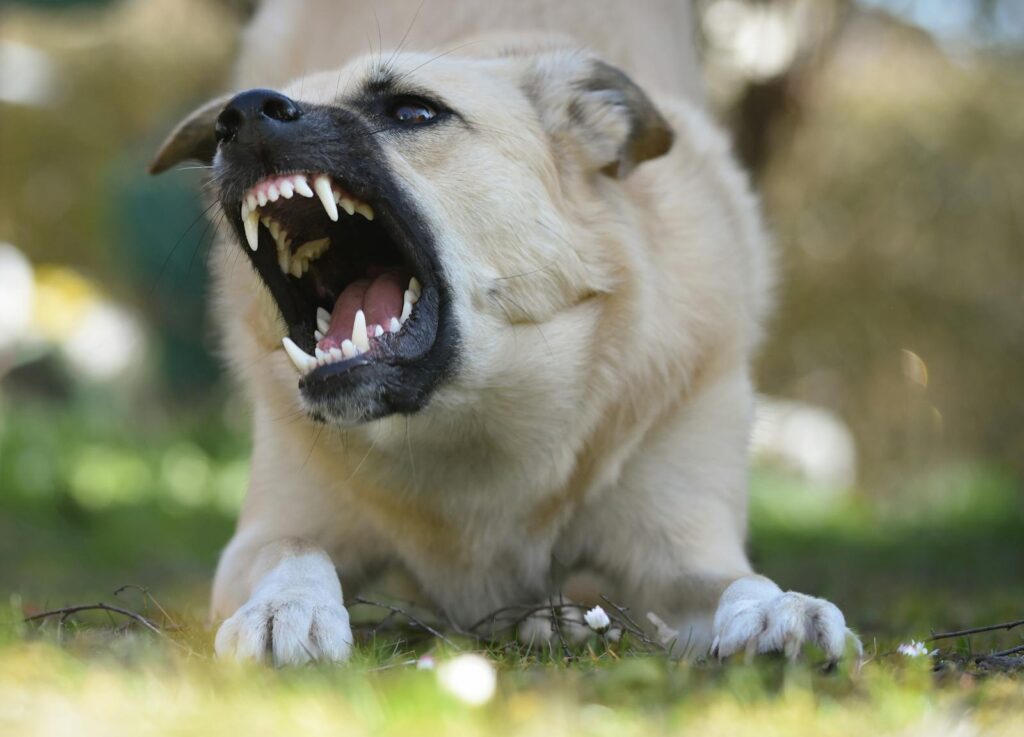
Dogs use body language to express their emotions, and turning their back on someone is often a deliberate act of avoidance or even disapproval. If your dog frequently turns away from your partner, especially during interactions, they may be signaling their discomfort or lack of trust. This passive behavior can seem harmless, but it’s a clear indicator that your dog isn’t ready to accept your partner’s presence.
Following You Around
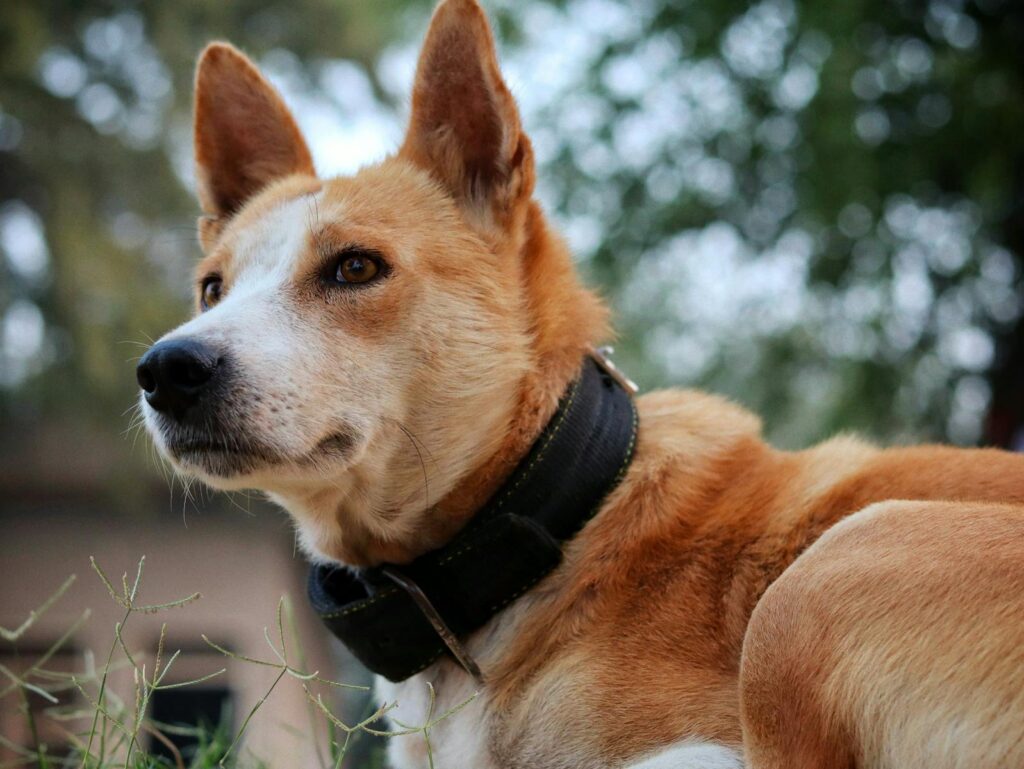
Clingy behavior, such as your dog shadowing your every move when your partner is present, can indicate anxiety or possessiveness. Your dog might see your partner as a rival for your attention or simply feel insecure in their presence.This behavior could arise from a desire to “protect” you, as some dogs are highly loyal and defensive when they perceive a potential threat.
Marking Territory

Dogs use urine marking to assert dominance or express stress. If your dog starts marking their territory indoors when your partner is around, it’s a sign that they feel threatened or uneasy about the new dynamic. This behavior isn’t just frustrating, it’s a clear signal of your dog’s emotional state. Addressing this issue involves creating a calm environment and helping your dog feel safe.
Avoiding Eye Contact
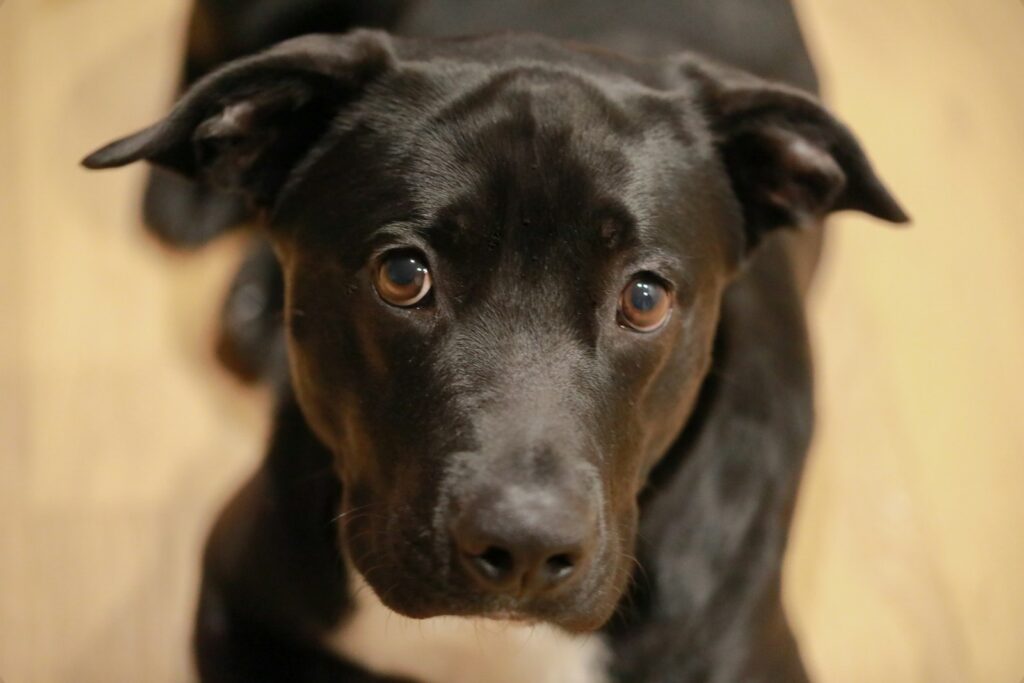
Eye contact is a subtle but powerful way dogs communicate trust and comfort. When a dog maintains eye contact with someone, it indicates a level of confidence and ease. However, if your dog consistently avoids eye contact with your partner, it clearly shows unease or distrust. It could mean your dog is scared, anxious, or just not feeling connected with your partner yet.
Losing Interest in Play

Playtime is an essential part of a dog’s routine and overall well-being. So, if your dog suddenly stops playing when your partner is around, it could indicate that your partner’s presence makes them uncomfortable or anxious. For example, a dog that normally loves chasing a ball might ignore it entirely if they’re preoccupied with monitoring your partner’s movements.
Guarding Behaviors
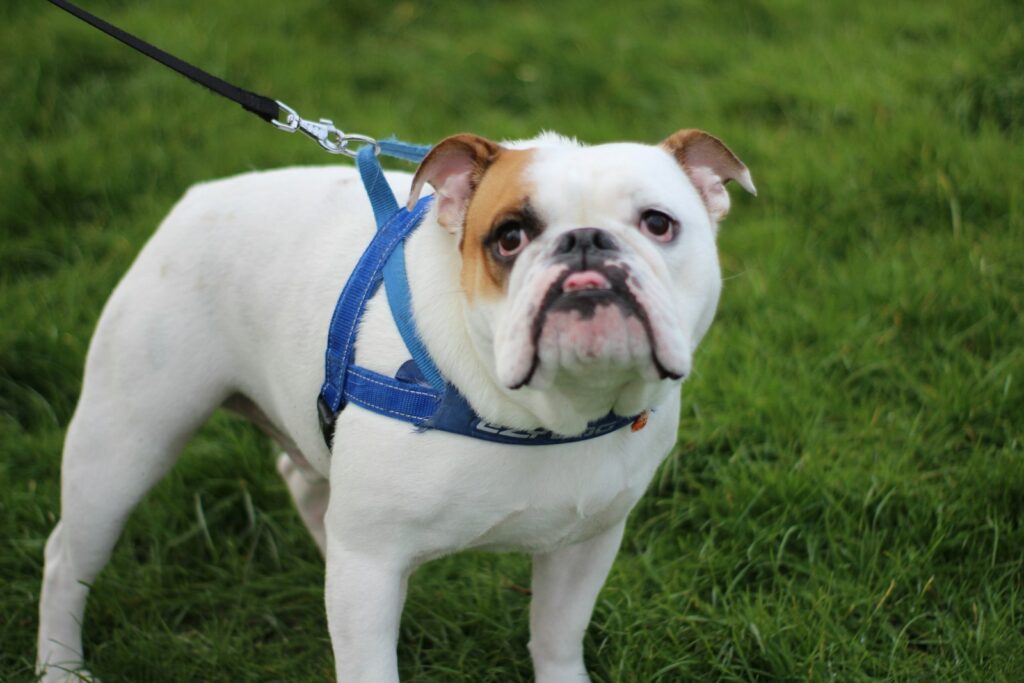
Dogs have strong instincts to protect what they perceive as their territory or loved ones. If your dog places themselves between you and your partner, growls when your partner gets too close, or blocks your partner’s access to certain areas, it’s likely a sign of guarding behavior. While this might seem like a show of loyalty, it’s also an indication that your dog sees your partner as a threat to their relationship with you.
Whining or Whimpering
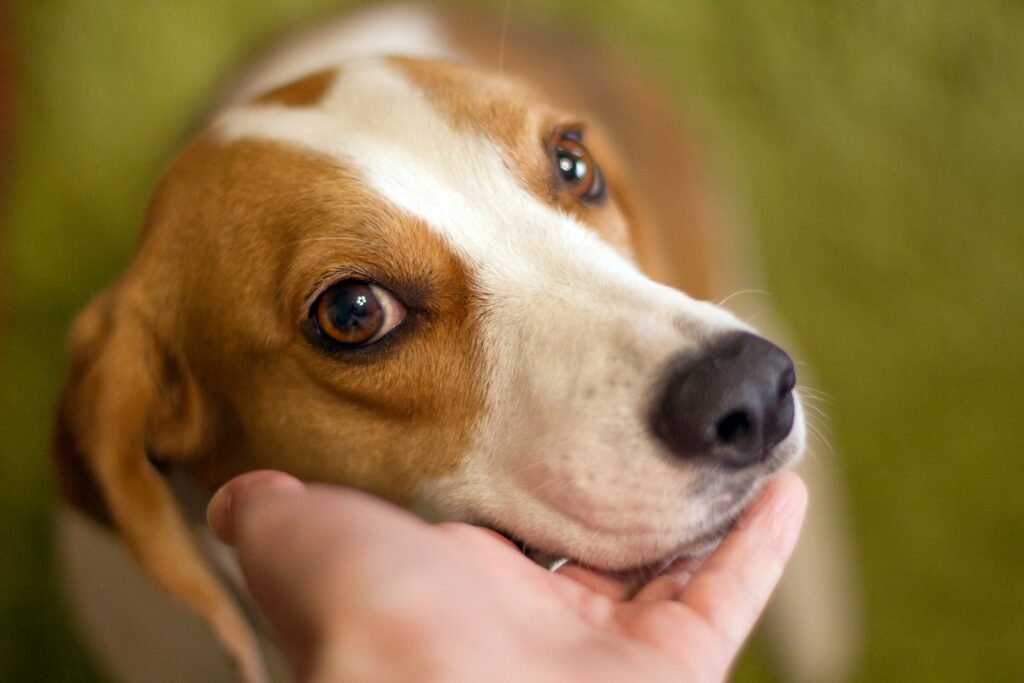
Whining or whimpering is a vocal expression of a dog’s anxiety, discomfort, or unhappiness. If your dog frequently whines or whimpers around your partner, it may mean they’re feeling overwhelmed or unsure about their presence. This behavior is often accompanied by other signs of distress, such as pacing, cowering, or licking their lips. For example, if your partner moves suddenly or raises their voice, it might trigger this response.
Refusing to Sleep Nearby

Dogs are pack animals and naturally prefer to sleep near people they trust. If your dog avoids sleeping in the same room as you and your partner or refuses to settle down when your partner is present, it’s a strong indication of discomfort or stress. Even if your pup usually sleeps in a different area, observing a sudden change in their behavior—such as choosing a different corner of the house or pacing instead of relaxing—can signal unease.
Overreacting to Movements

A dog that flinches, barks, or reacts dramatically to your partner’s movements is likely on high alert. This behavior suggests that your dog doesn’t fully trust your partner and feels the need to stay vigilant. Overreacting can stem from past trauma (such as negative experiences with strangers or unfamiliar body language) or simply a lack of familiarity. For example, if your partner gestures quickly or moves toward you, your dog might misinterpret it as a threat.
